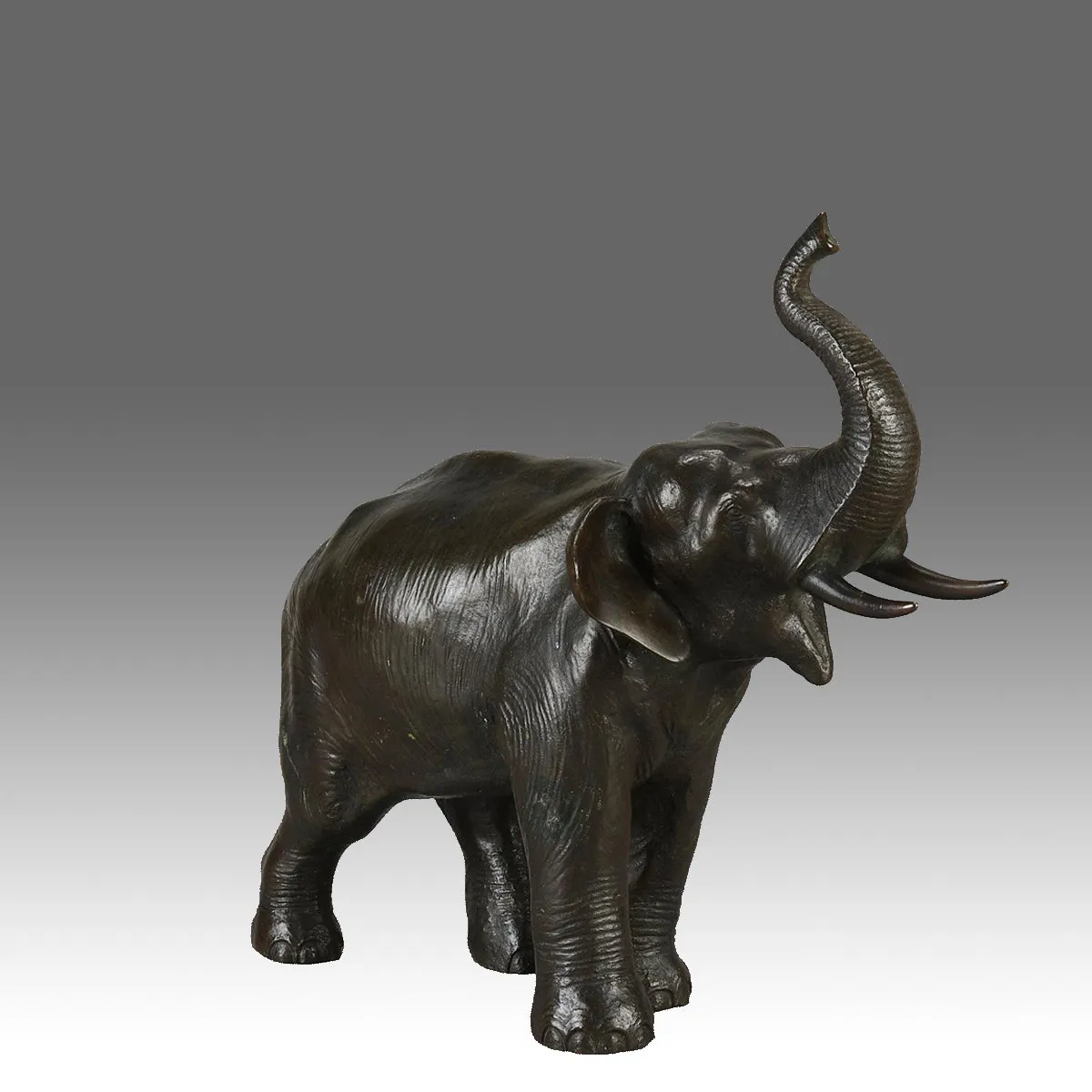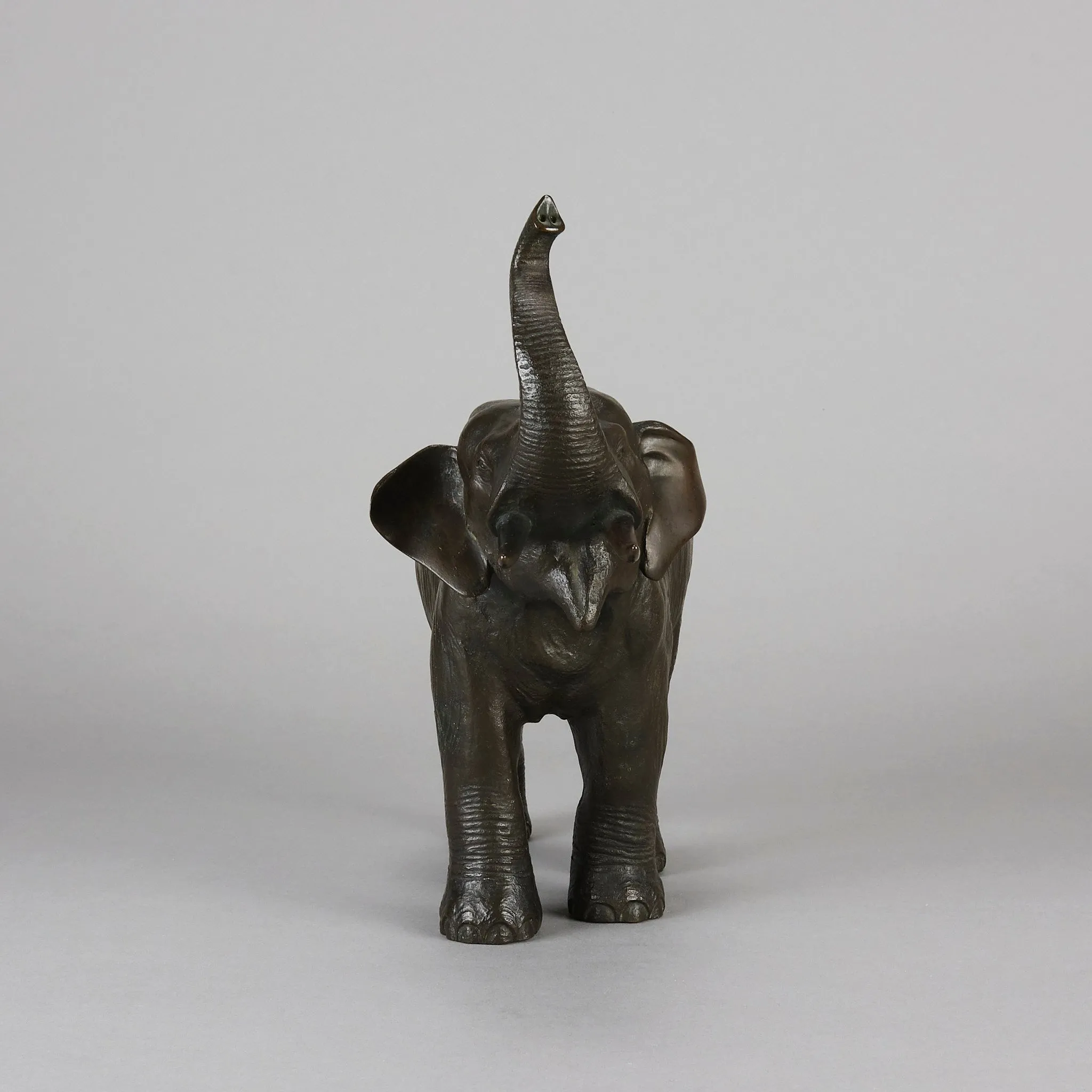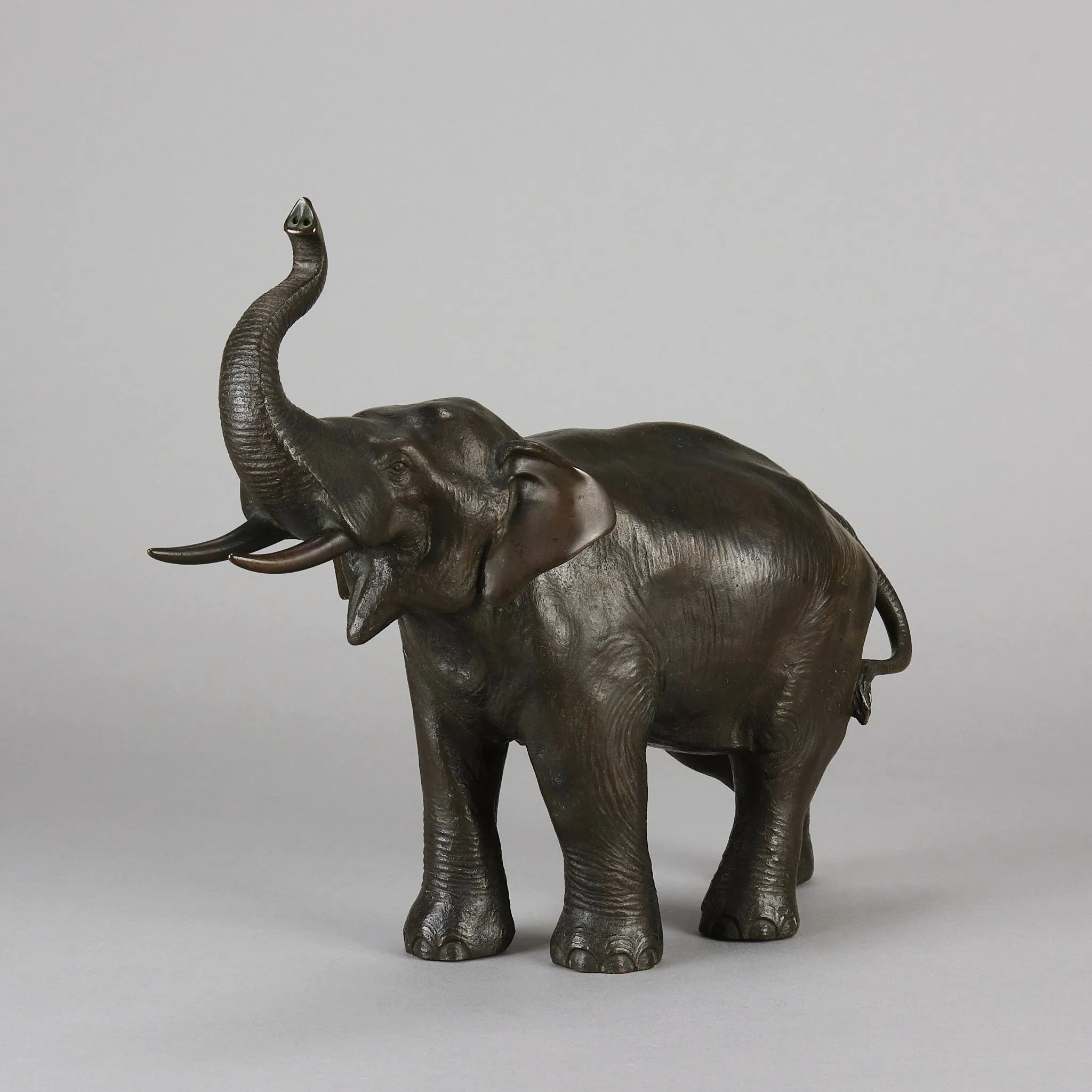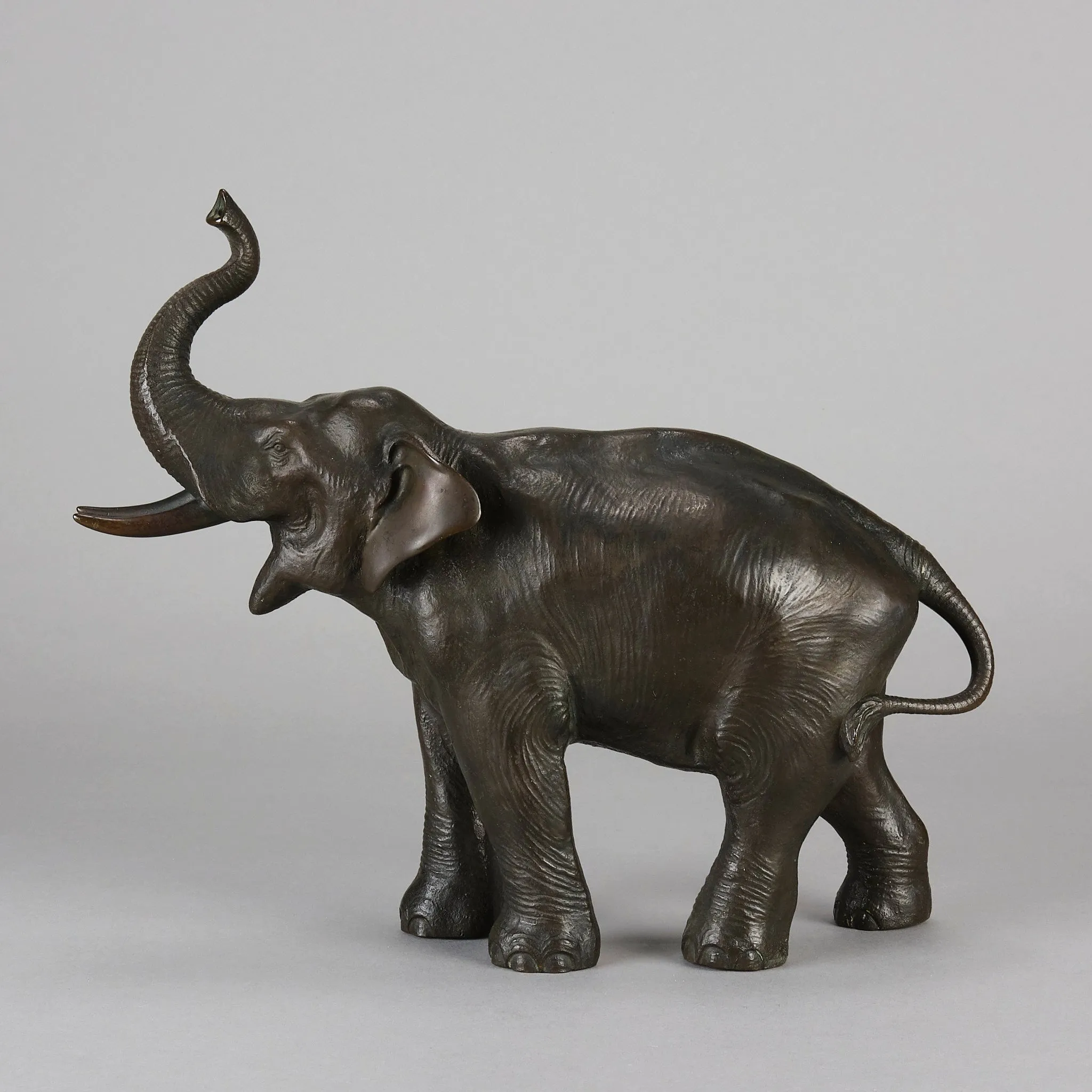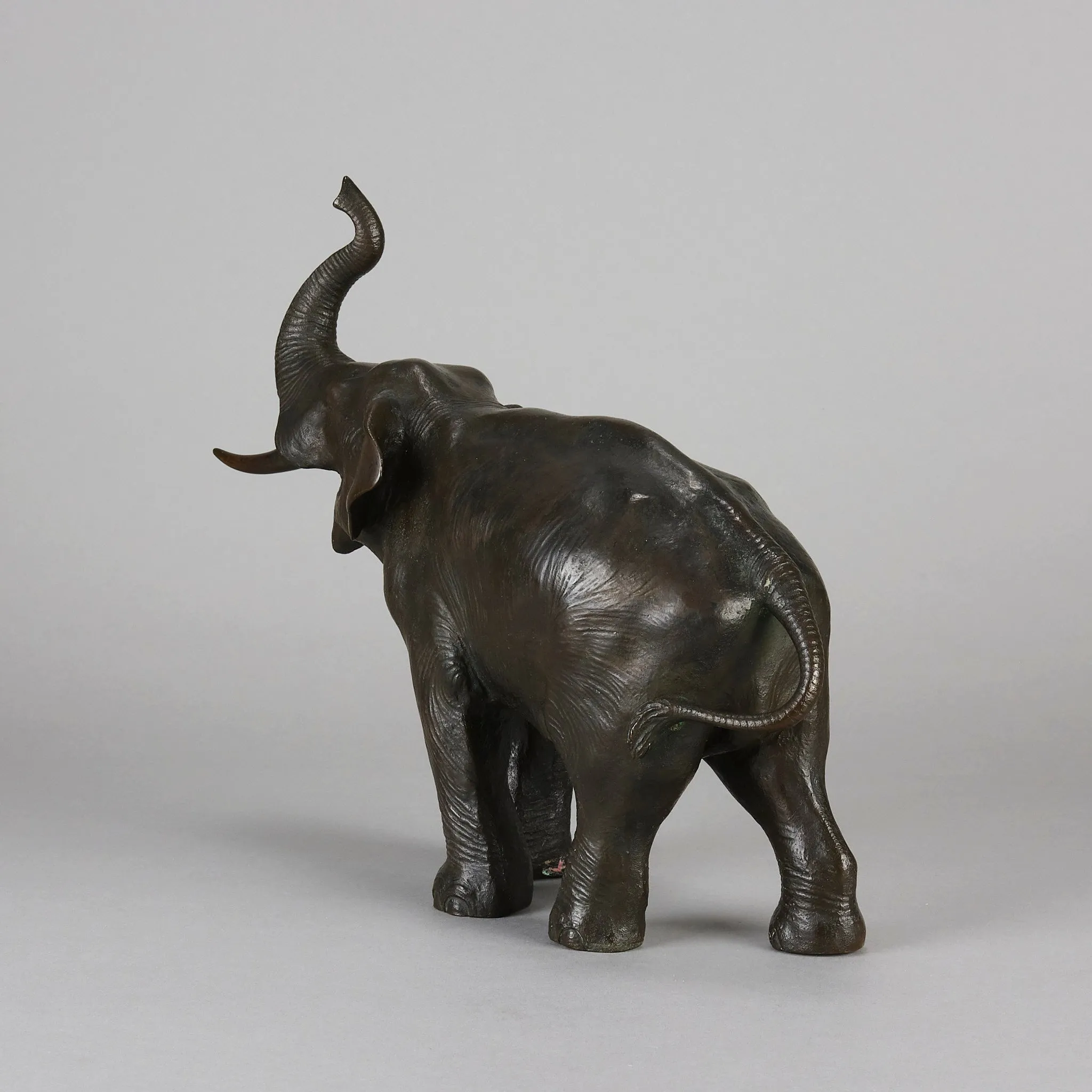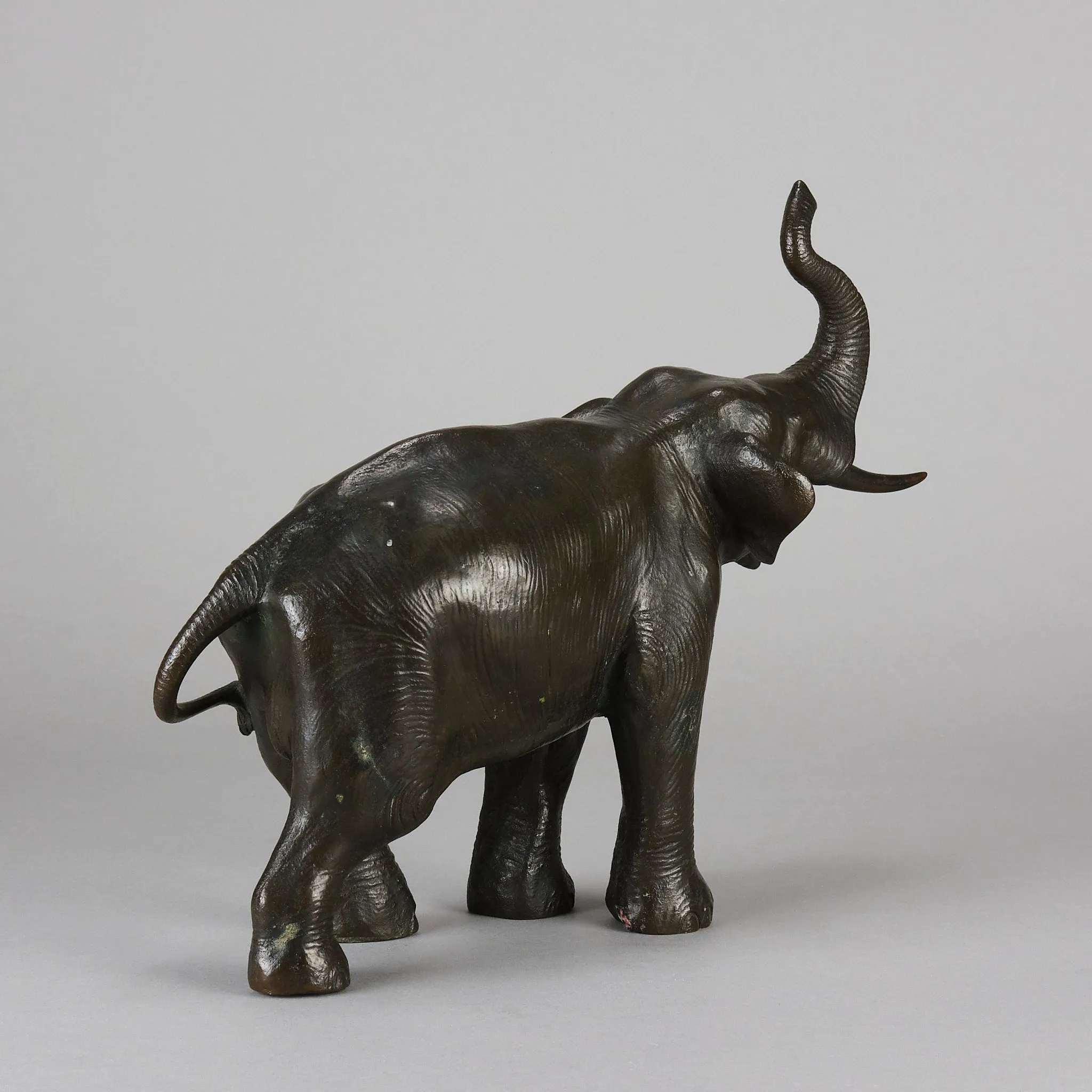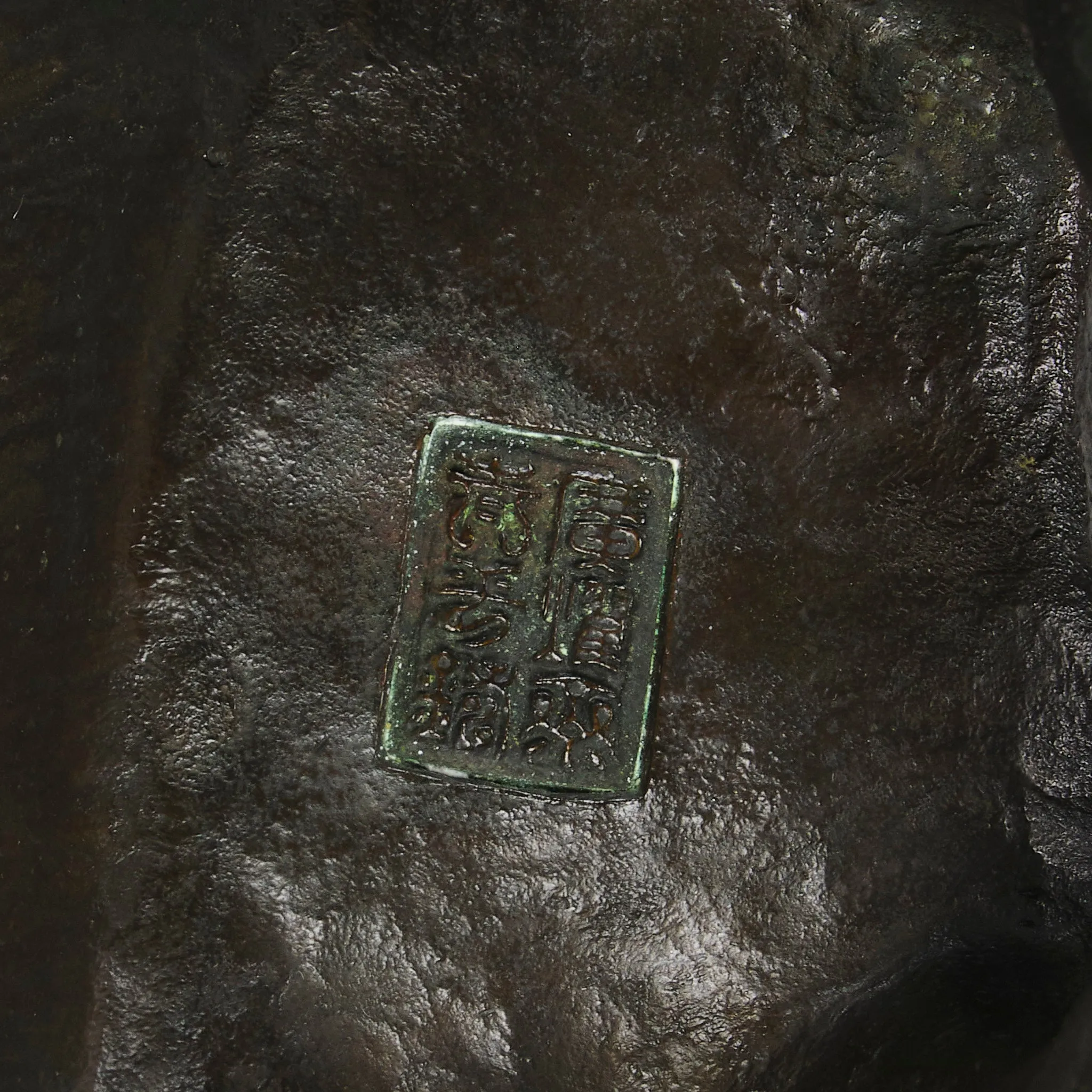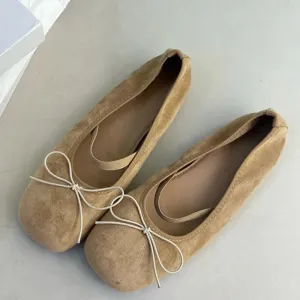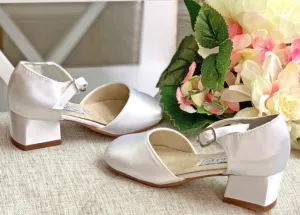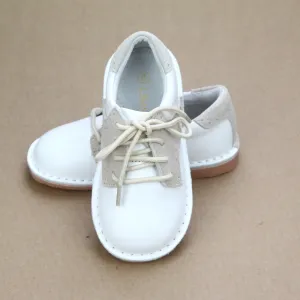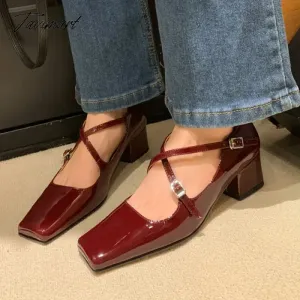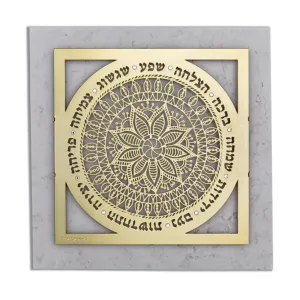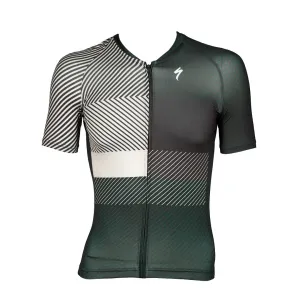An particularly fine early 20th Century Japanese bronze study of an Asian elephant with trunk raised. The bronze exhibiting crisp hand finished surface detail capturing the texture of an elephant skin and with very fine colour, signed underneath. An excellent example of bronze casting from the 'Tokyo School' during the early 20th C, late Meji period.
ADDITIONAL INFORMATION
Height: 29 cm
Width: 35 cm
Condition: Excellent Original Condition
Circa: 1910
Materials: Bronze
SKU: 9151
ABOUT
Tokyo School
Japanese Okimono Okimono is a Japanese term meaning “ornament for display; objet d’art; decorative object”, typically displayed in a tokonoma “alcove” or butsudan “Buddhist altar”.The Japanese okimono compounds oku “put; place; set; lay out; assign; station; leave” and mono “thing; object; article”. The Oxford English Dictionary defines the loanword okimono, “A standing ornament or figure, especially one put in a guest room of a house”, and records the first usage in 1886 by William Anderson. Japanese okimono may be a small Japanese carving, similar to, but larger than netsuke. Unlike netsuke, which had a specific purpose, Japanese okimono were purely decorative and were displayed in the tokonoma. During the Meiji period many Japanese okimono were made for export to the west.




